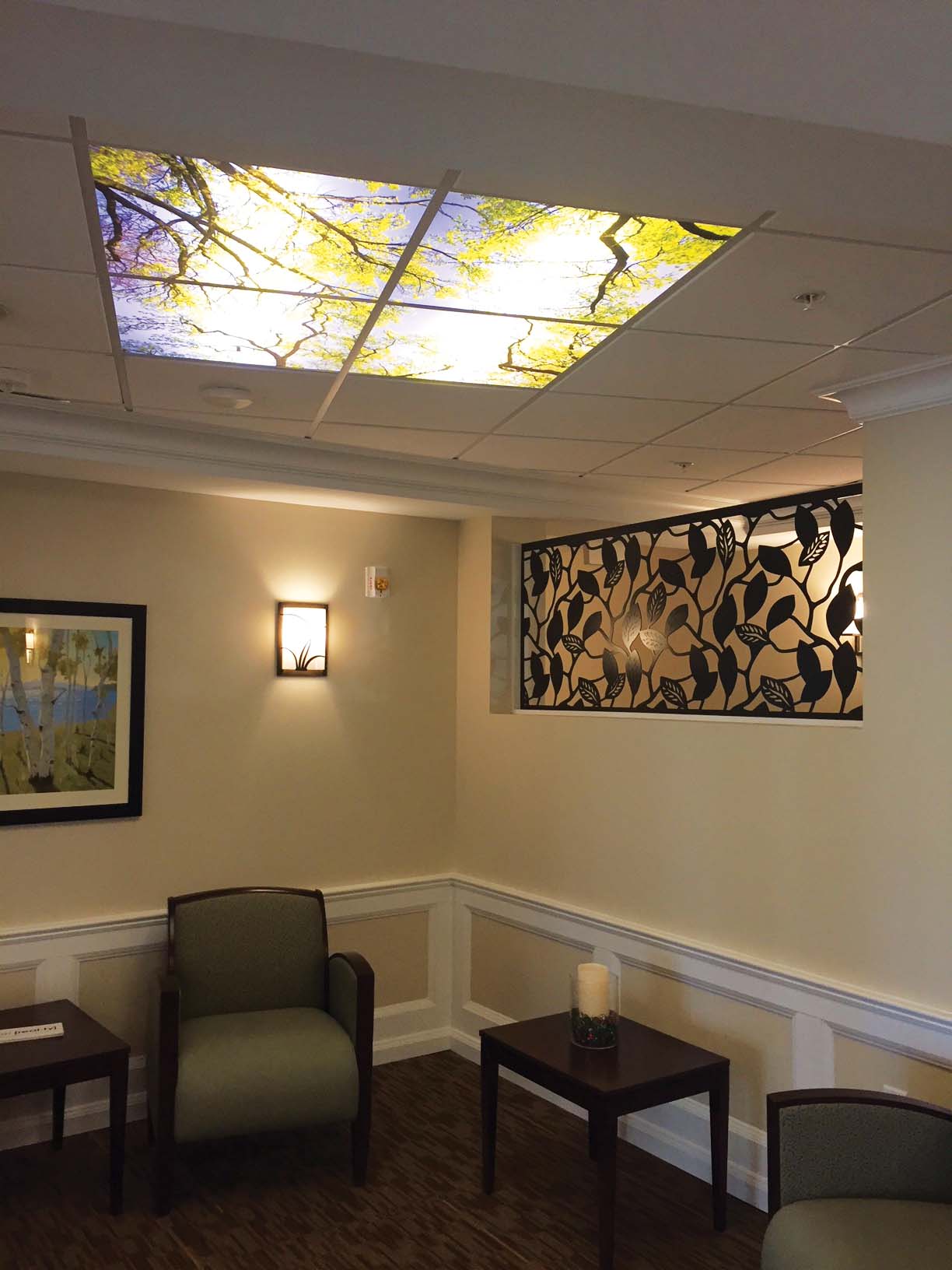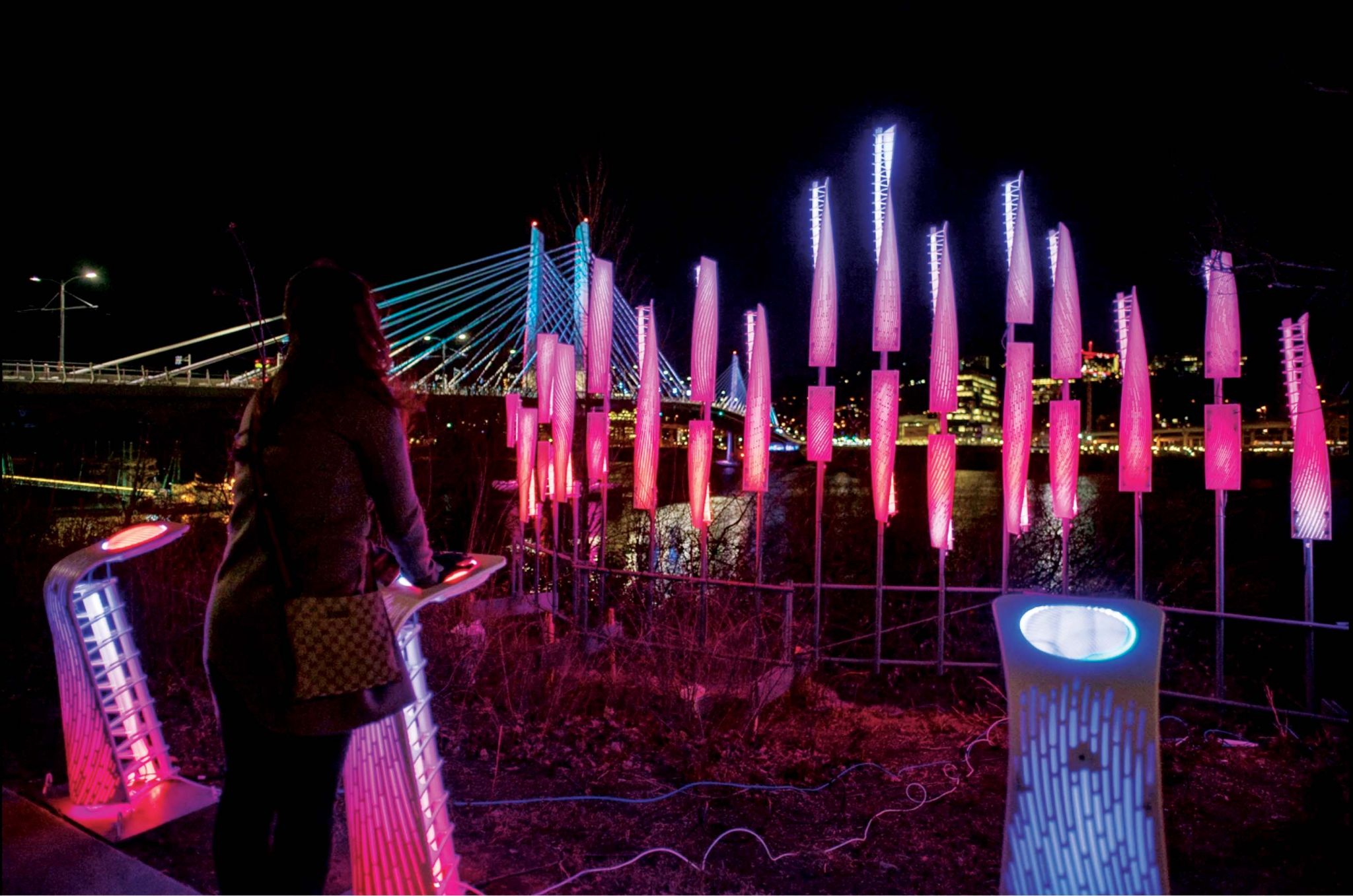By Craig M. Berger
Sign designers and fabricators have been collaborating for decades, each understanding the importance of their roles in creating great results. Much of the structure for this tradition of collaboration was organized in the seminal book, Architectural Signing and Graphics, written in 1979 by John Follis and David Hammer.
Under this structure, designers were responsible for determining the content, material palette and basic form. Their design intent was then interpreted by fabricators, who provided a preliminary budget and approach.
Sometimes, the fabricator would suggest changes, which the designer would adapt or incorporate, especially to fit the budget; but in the end, both sides usually kept each other at arm’s length.
This overall approach to collaboration has been enshrined by many sign design and fabrication firms, to the point where they know few other ways of working. In recent years, however, trends in technological development, communications and market competition have all encouraged more open and creative approaches, leading to greater integration of designers’ and fabricators’ efforts.
Planning balanced roles
Intense competition among architectural signage companies, in particular, has tended to encourage closed approaches to the design and planning processes. The resulting collaborations have reinforced which side has the most power in the relationship.
Fabricators will often hire designers and consultants to support their team on larger projects, for example, but in the end, the fabricator controls the process. Meanwhile, the reverse occurs when designers bring in a fabrication team to fulfil specific roles, like value engineering or final documentation.
The best methodologies, however, come about when both the designer and the fabricator have somewhat equal and balanced roles and take an approach that reinforces the strength of each group. This approach can often yield richer and more diverse perspectives. To be successful, of course, it first needs to be clearly thought out and well-articulated to the client.

ID Signsystems works with architects to highlight opportunities for graphics in their clients’ facilities.
Experimenting with technology
Today, one of the main drivers behind more diverse approaches and teams working together has been technological innovation. As both sign design firms and fabricators adopt more advanced materials and move into more specialized areas, like interactive digital signage, there is a great need for them to work together in more experimental ways.
The merging of their expertise is also enhanced by technology that facilitates the design process, such as dimensional walkthroughs and virtual reality (VR), which can lead to greater engagement across multiple disciplines.
By way of example, ID Signsystems, a sign shop in Rochester, N.Y., has used technology to form a closer collaborative relationship with Smith Associates, an architecture firm, for the development of new sign systems for campuses and residential facilities. The firms use a variety of client engagement tools, including sketch analysis boards and three-dimensional (3-D) walkthroughs, to highlight opportunities for signs and placemaking in those clients’ facilities.
When ZGF Architects designed and fabricated its Cameo interactive sculptures for the Portland Winter Light Festival, the firm’s in-house model shop turned to DuPont’s Corian solid-surface material, comprising an acrylic polymer and alumina trihydrate (ATH), and worked with PianoPushPlay, which places pianos in public spaces, DotDotDash, an experience design studio, and Uncorked Studios, a design and engineering firm. The resulting project allowed visitors to play music through touch-activated podiums, accompanied by the glow of light-emitting diodes (LEDs).






